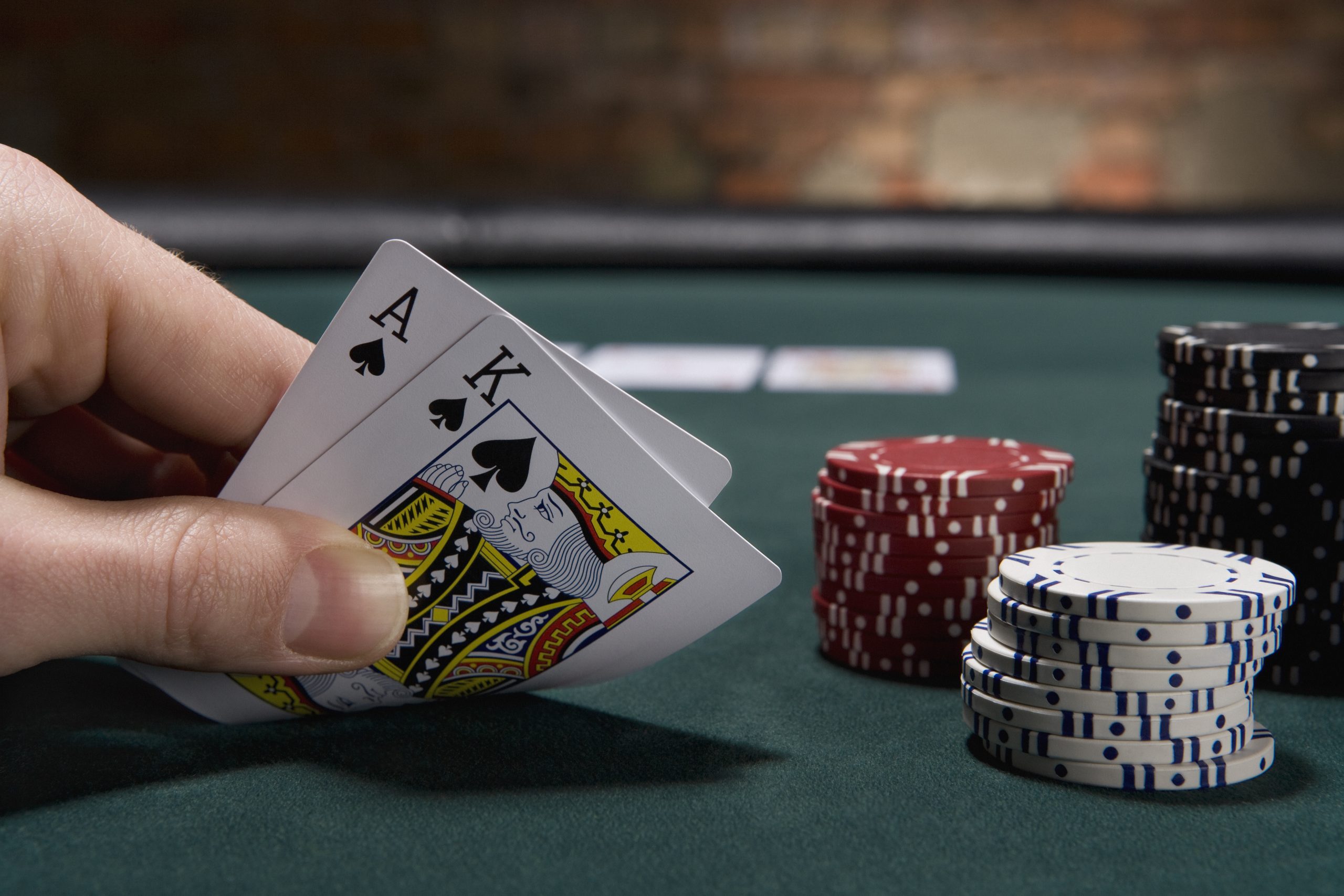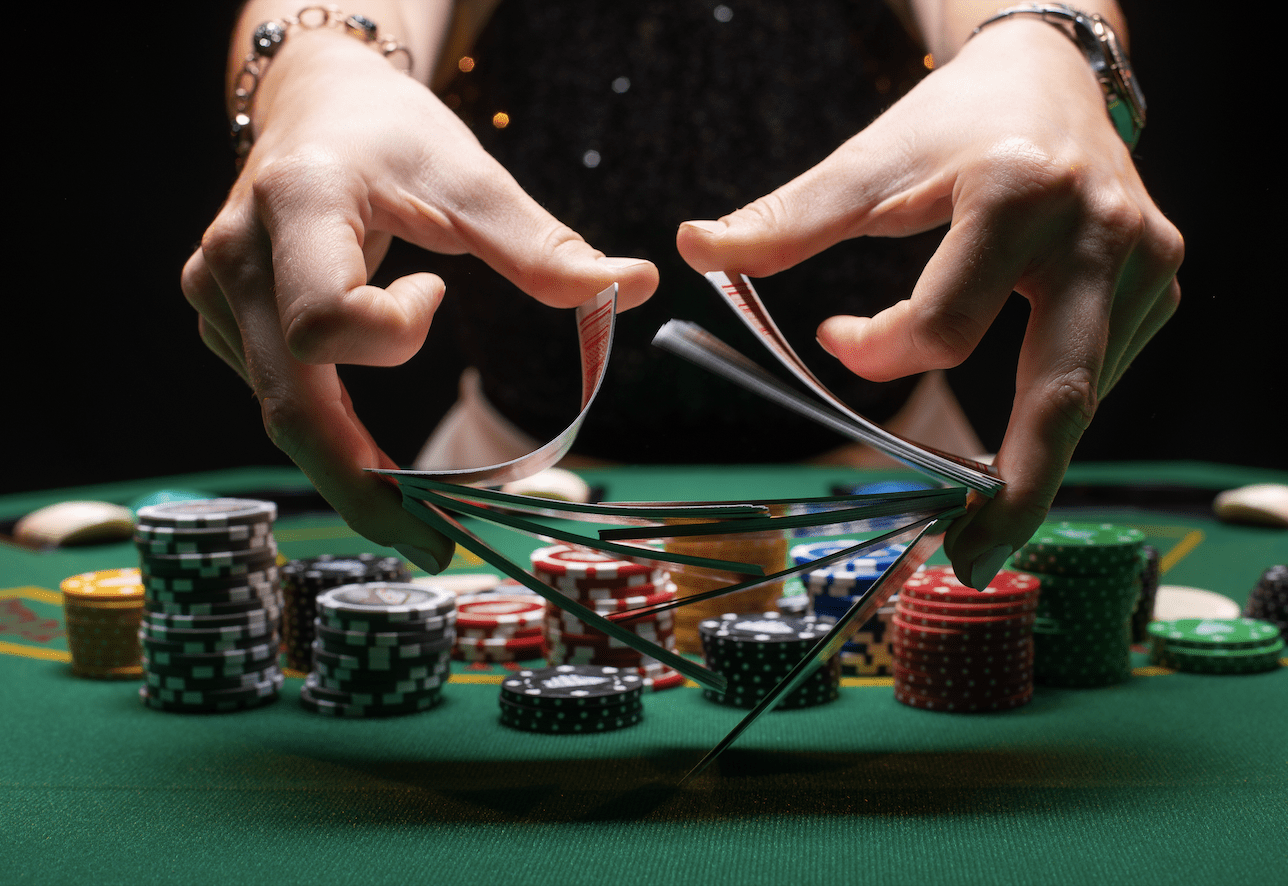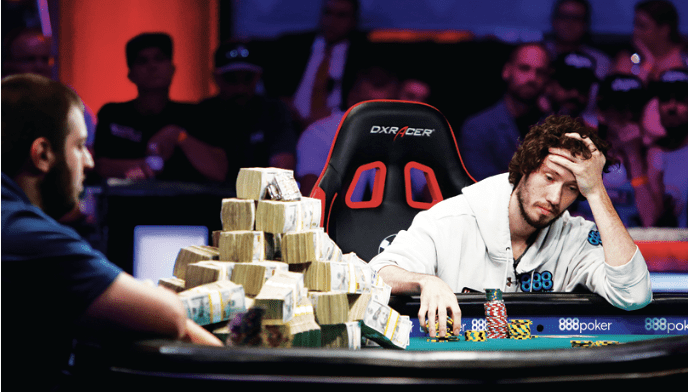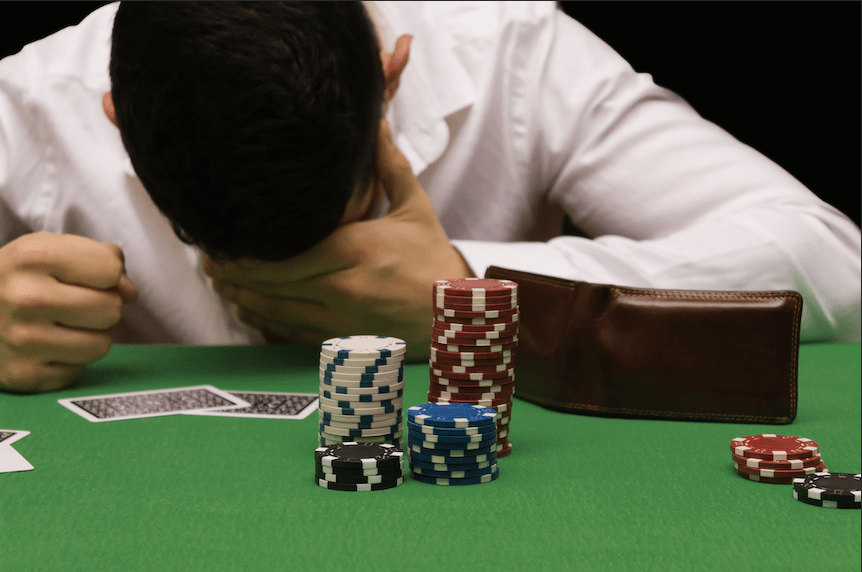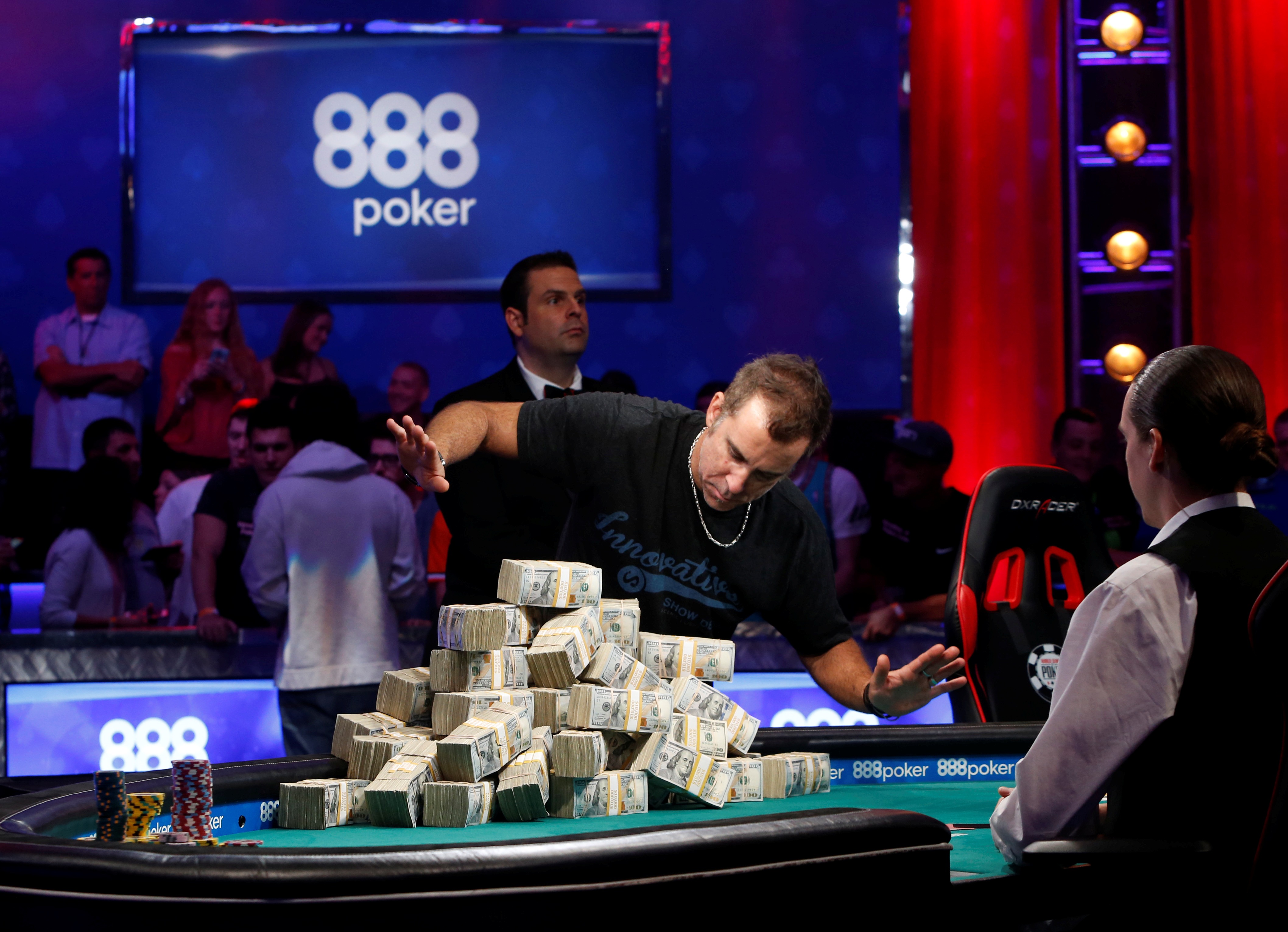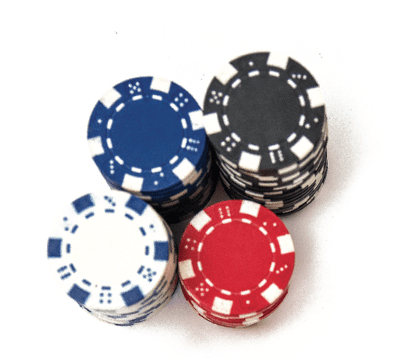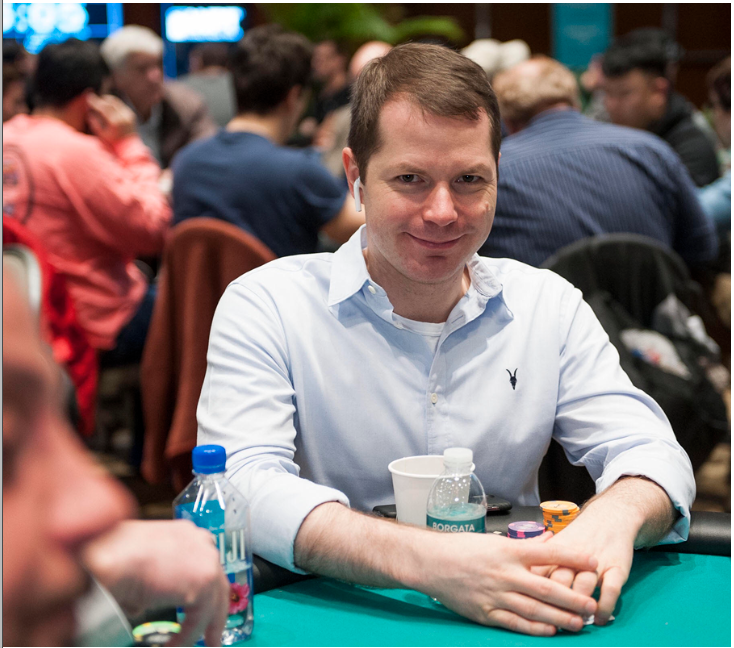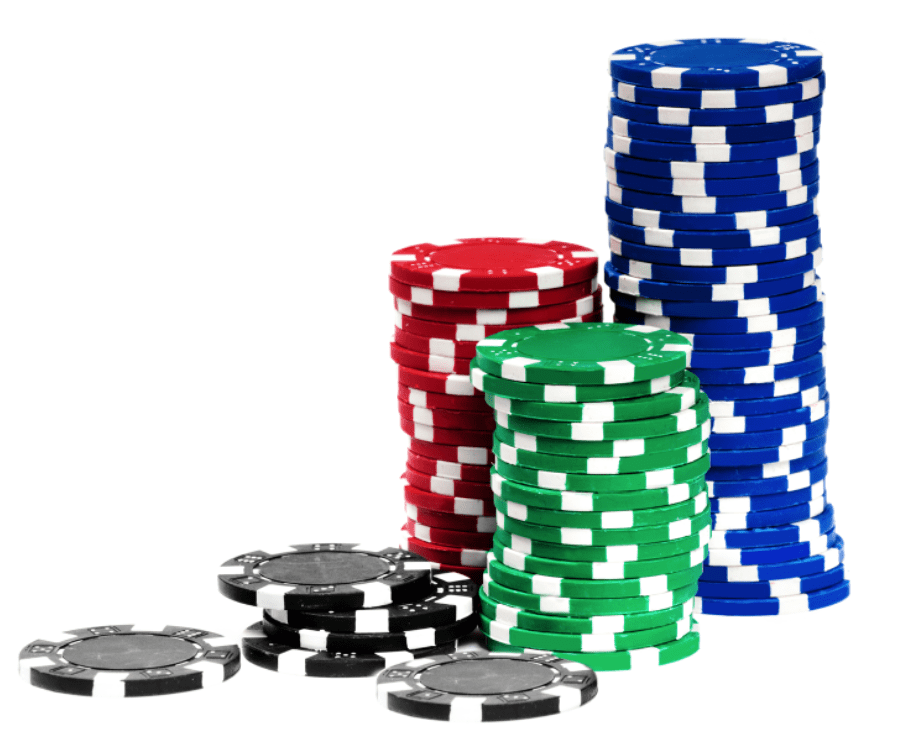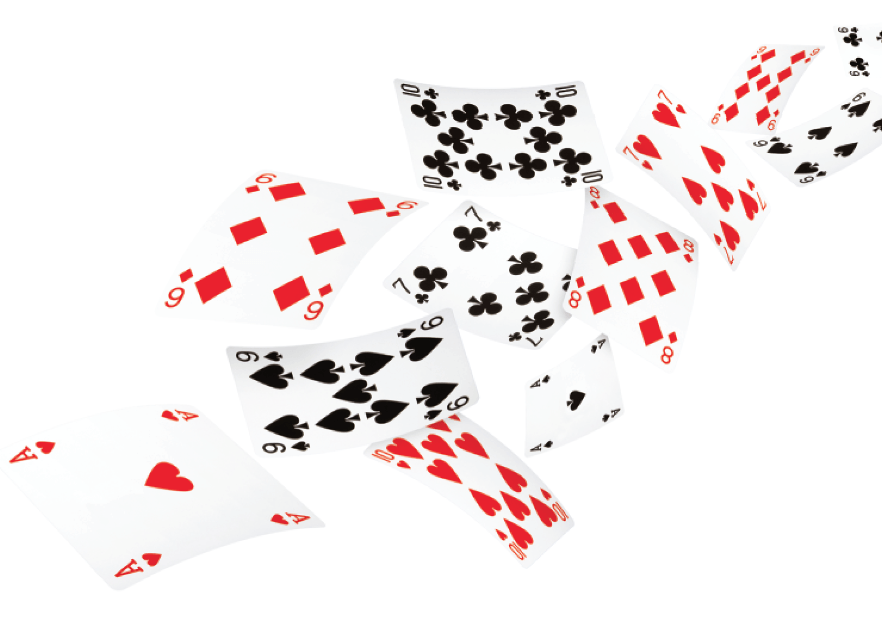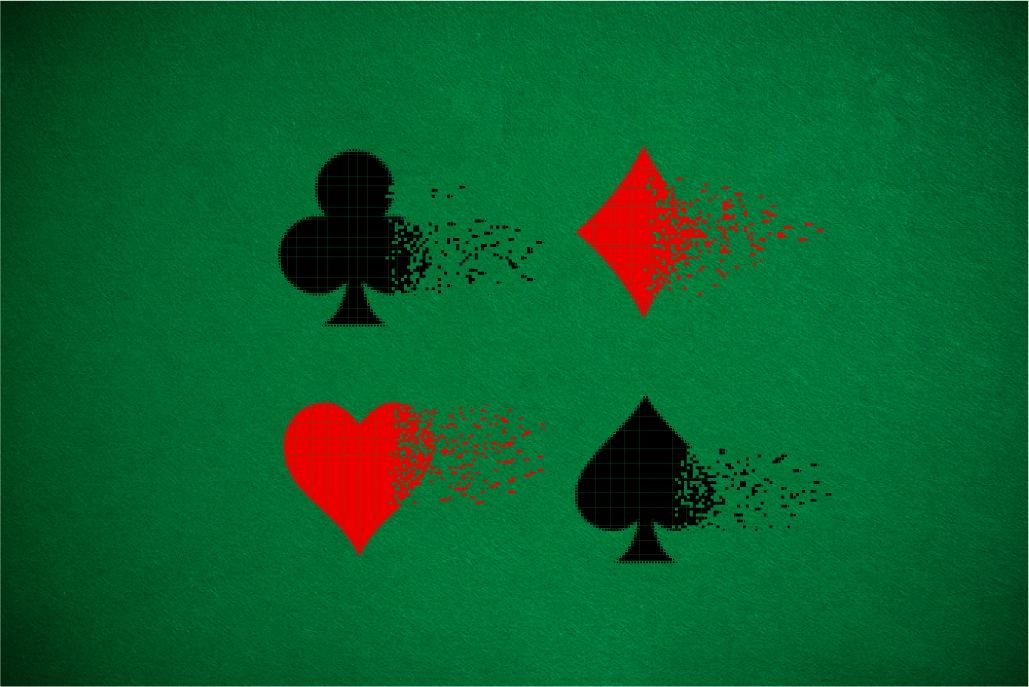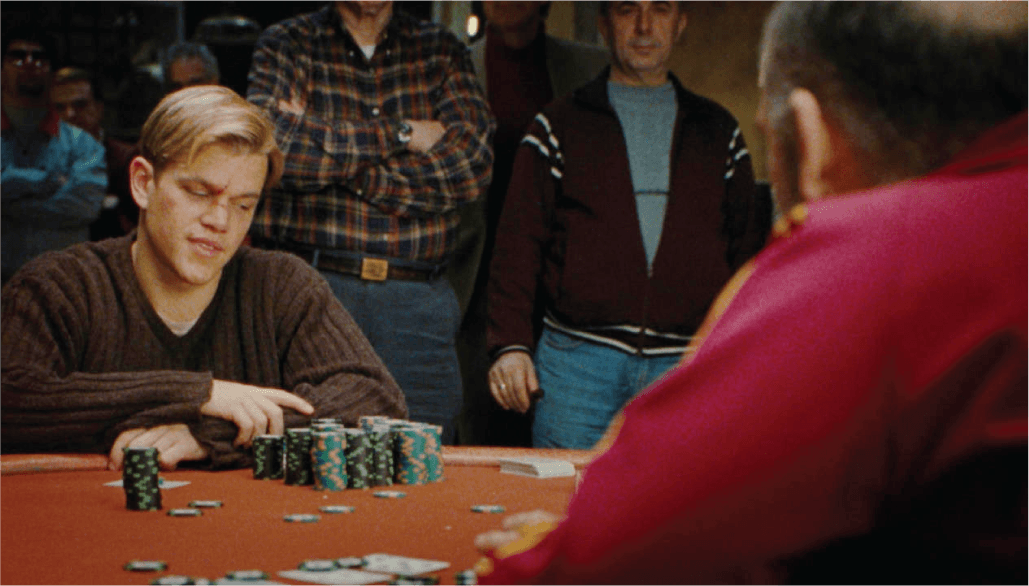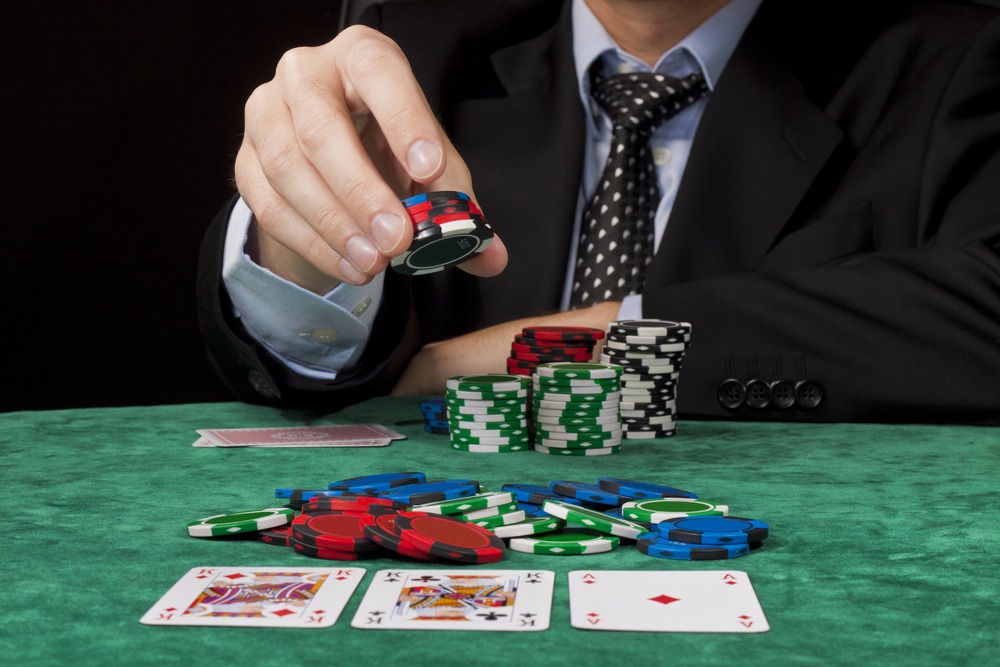Bluffing Is Real
Blurring the line between real and fake can help a savvy player steal some pots
In poker, investing and life, things are not always as they appear. In poker, it’s often because of bluffing.
Most poker players, especially those who frequent small-stakes cash games and tournaments, think the optimal winning strategy is rigid, tight and aggressive. They win most pots that belong to them, plus a few more when their opponents play poorly. This strategy keeps variance low and provides an edge, but that edge remains consistently small.
Against opponents who aren’t world-class—which includes nearly everyone—a player will win significantly more money by playing in a manner that exploits suboptimal tendencies. That usually means getting maximum value from premium hands, as many recreational players already know how to do, but also by stealing undeserved pots.
Don’t get the idea that playing in a generally tight, aggressive style is bad. The problem is that this straightforward strategy does not exploit other tight, aggressive players. Almost every poker player has studied one of the now-outdated books that advocate playing mostly premium hands. These players are good at being patient and getting paid off when they are fortunate enough to make the nuts against their oblivious opponents. These sporadic large wins are enough to beat the worst players in the small stakes games for a small amount.
As players move up in stakes, they face fewer and fewer bad players. Most middle and high stakes players strive to ensure they do not make the blunders that the worst players make. This desire to avoid appearing dumb opens the door for a savvy player to steal pots when tight, aggressive players don’t have a strong hand.
In graphs of winning online poker players, tracking programs display a green line (the total profit), a red line (the non-showdown winnings) and a blue line (the showdown winnings). (See “Color coded,” below.) Most winning small stakes players have a highly positive blue line (when they go to showdown) and a breakeven or negative red line (when they win by making their opponents fold). This implies that to beat the worst players, it’s good to play tightly (giving up small pots and letting the red line go negative) and get paid off with premium hands (making for a largely positive blue line).
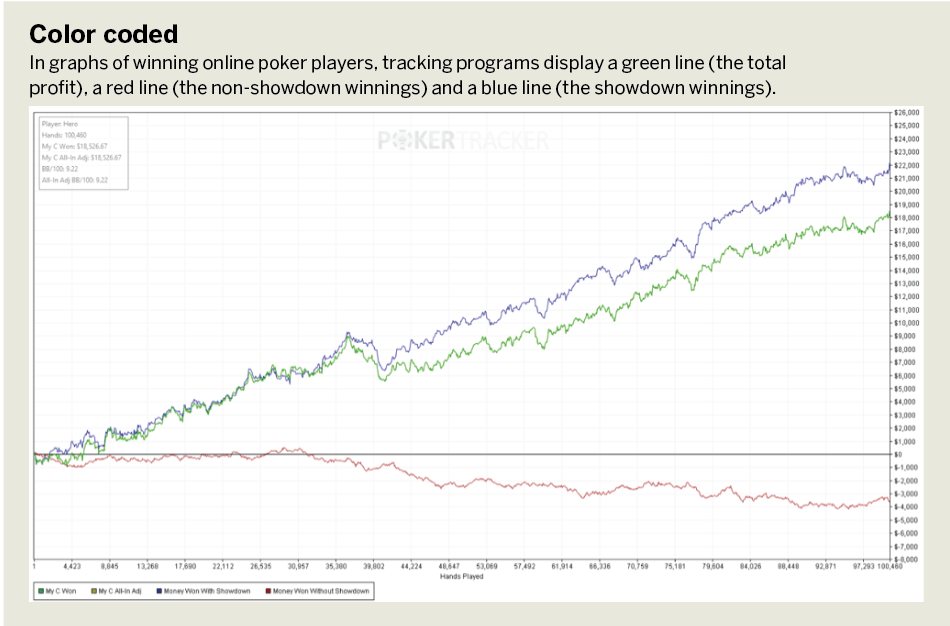
Those who win at the middle and high stakes games often have a similar, but inverse, graph, with a positive red line and a negative or break-even blue line. These players win by making their opponents fold incorrectly, meaning they bluff successfully much more often. When they happen to play large pots, they will frequently be an underdog but they steal enough small pots to more than make up for their losses.
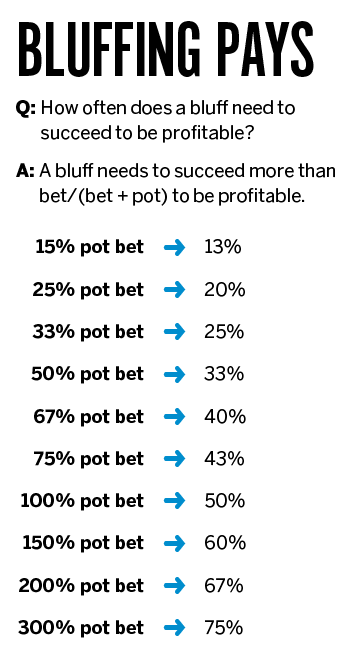
In general, players have a point in the hand where they act in an honest manner, which implies that point is where they expect an opponent to act in an honest manner, betting on strong hands and checking with marginal and weak hands. Some players act honestly as soon as they put a chip in the pot. They raise their strong hands, limp their marginal hands and fold their junk. Others raise preflop with all hands they deem respectable but then only continuation bet the flop when they have what they believe to be a strong holding. Many players in today’s game continuation bet the flop with a wide range but then play the turn in an honest manner, only betting when they are confident they have the best hand, opting to check with their trash and marginal hands. More maniacal players are willing to play in an aggressive manner all the way to the river.
With all of those players, figure out when their checks indicate weakness and then apply enough pressure to make them fold the vast majority of their range.
Jonathan Little, a professional poker player and WPT Player of the Year, has amassed more than $7 million in live tournament winnings, written 14 best-selling books and teaches at PokerCoaching.com. @jonathanlittle


